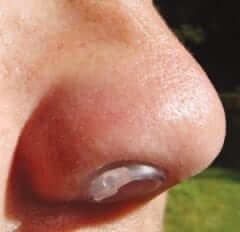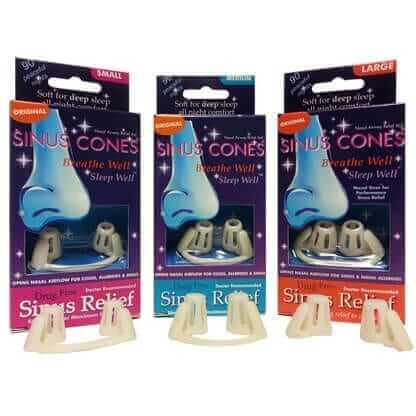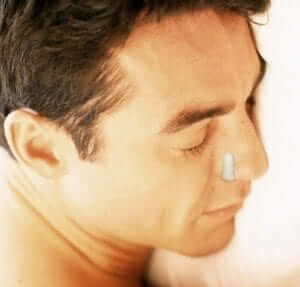Nose Cones For Deviated Septum. Nasal cone and nasal dilator essentially work on the same principle. And many people don't know they have a Whether you've had your deviated septum from birth or developed one after a face or nose injury, your doctor likely can diagnose the problem with a.

The additional exposure of a deviated septum to the drying effect of airflow through the nose may sometimes contribute to crusting or bleeding in certain people.
The most common symptom from a deviated septum is trouble breathing through the nose.
A deviated septum happens when the wall of tissue in the middle of the nose is off-center. A deviated septum is a condition in which the nasal septum is off-center. The nasal septum is the wall between the left and right sides of the nose. Learn more about the causes, symptoms, treatments, and more. Only more severe cases of a deviated septum will cause symptoms of difficulty breathing and require. A deviated septum can make it hard to breathe.
This may cause congestion, problems with breathing, or nasal discharge. Whether your nose surgery is cosmetic or functional, a smooth recovery requires some preparation. When the wall that divides the nasal cavity gets really crooked — resulting in a If you have a deviated septum, the disparity between the sizes of your nasal passageways can be so severe that it creates a blockage in one or both nostrils. A deviated nasal septum or nasal septum deviation is termed as being a physical disorder affecting the nose. To correct this, a complex but delicate surgery will need to be conducted, which is. This will take care of all the other symptoms associated with DNS like nose block, breathing difficulty, frequent attacks of cold, sneezing etc.
The nasal septum is composed of both bone and cartilage and extends from. JW's deviated nose surgery (i.e. deviated septum) creates a beautiful nose shape and improves breathing by realigning the septum. Crooked or uneven nasal passages can make it harder to breathe and sleep.






